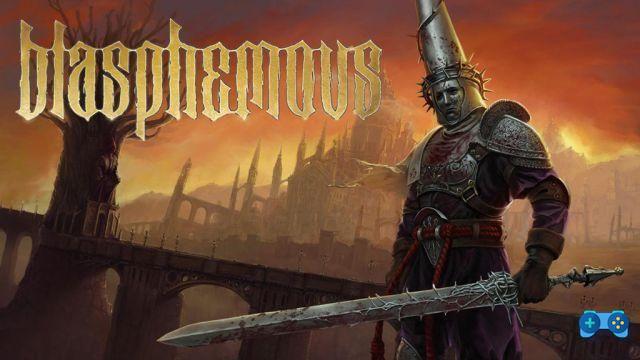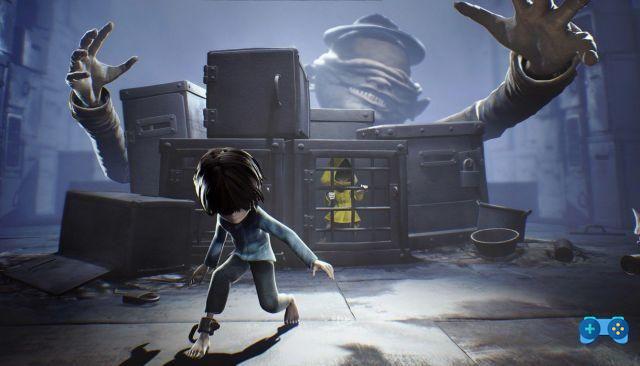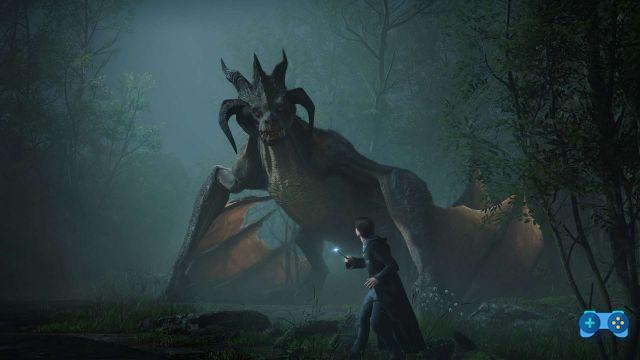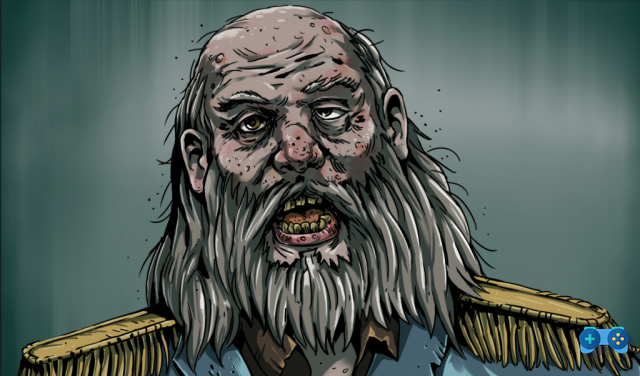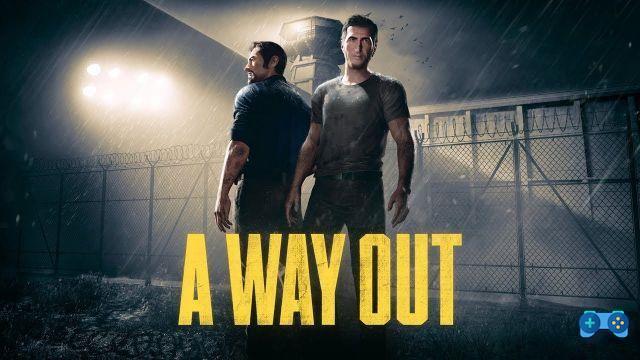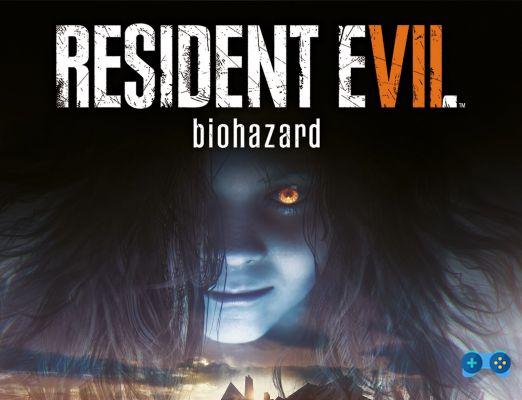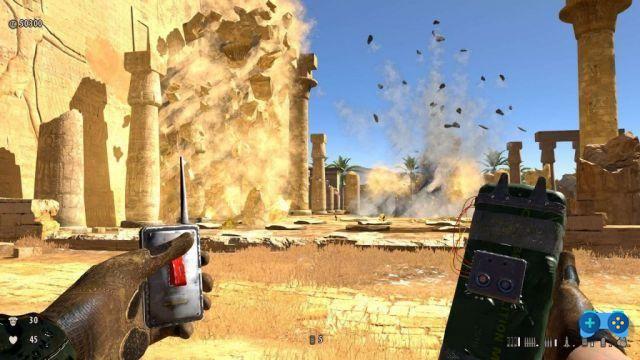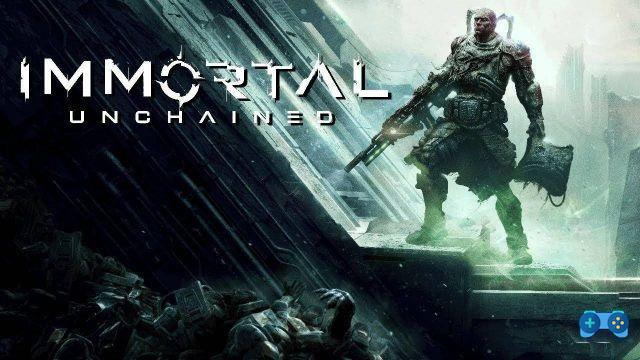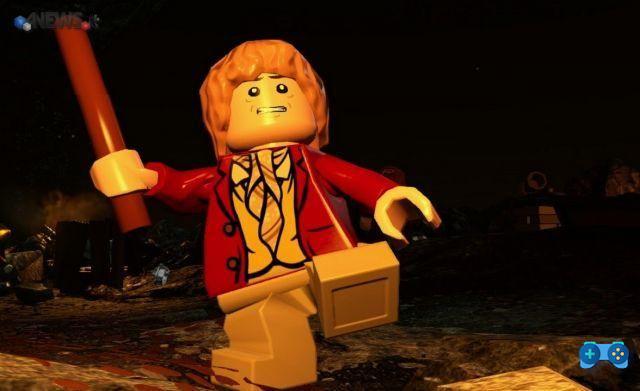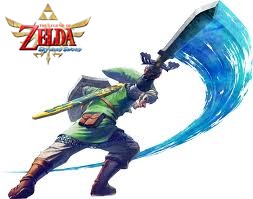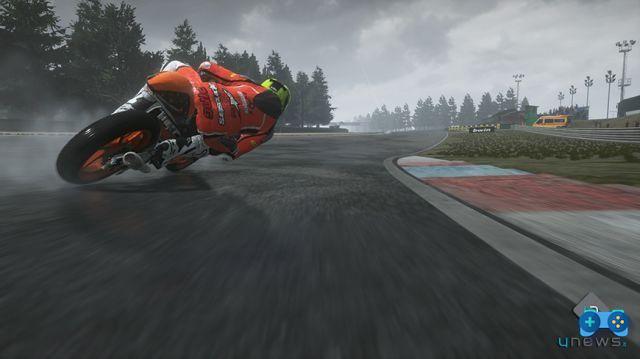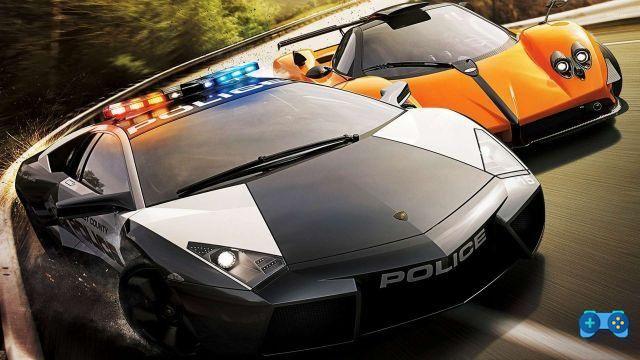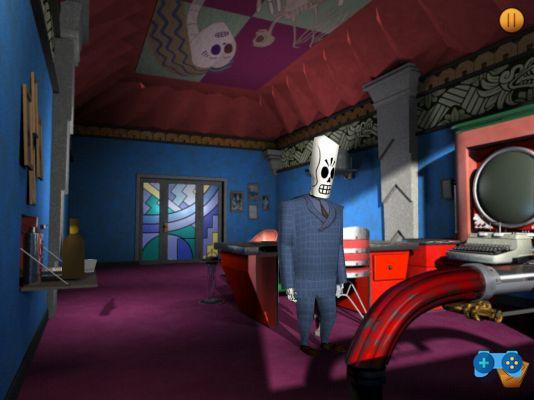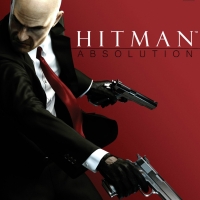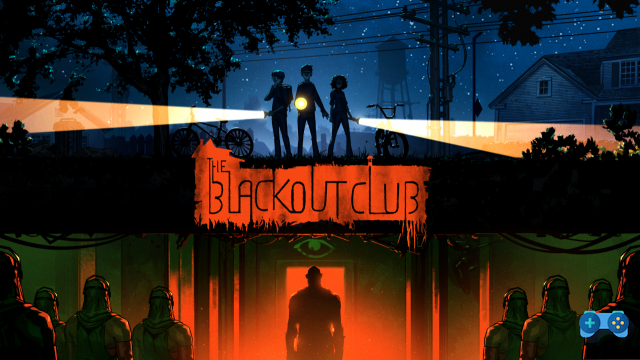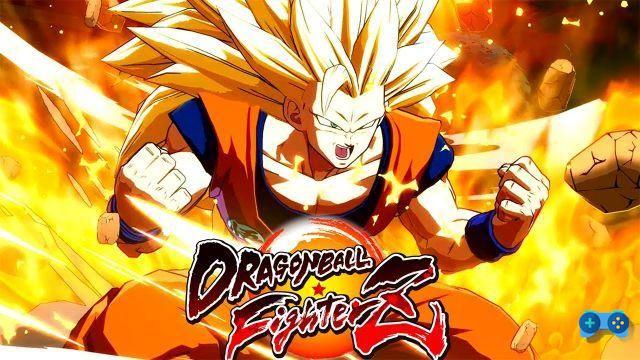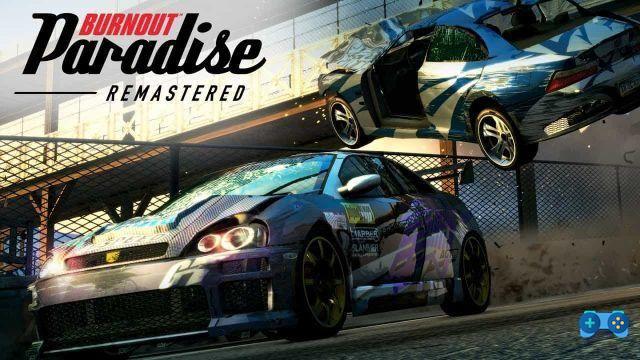
We spent some time running through the chaotic streets of Paradise City, and from there comes our review of Burnout Paradise Remastered.
Version tested: PlayStation 4
Burnout Paradise is one of the most infamous driving games of the '00s; hence, it should come as no surprise that it appeared in remastered form alongside other classics such as Crash Bandicoot and The Last Colossus. But does it provide the same level of shine as other remasters, or did EA hit a wall this time?
The meaning of the words "remaster" and "remake" seems to have lost all meaning in the gaming industry. Both have been used to describe improvements to older titles, as well as being attached to games that have undergone drastic overhauls from scratch, making them almost unrecognizable from the original.
However, Burnout Paradise Remastered falls into the first category; Nonetheless, it means that one of the greatest and most fun open-world driving games has made its way onto modern consoles.
Burnout Paradise Remastered brings together all the DLCs released for the original game, as well as providing 4K visuals on supported consoles and delivering stable 60fps. Starting the game, my mind went into a fit of nostalgia, going back in time and asking myself, "Wait, isn't that how it always seems?" Only after checking out one of the old trailers was I able to appreciate how much sharper Burnout Paradise Remastered is.
Burnout Paradise Remastered plays on nostalgia not only in terms of mere gameplay, but also in terms of the soundtrack. It's evident from the main menu, from the sounds of '80s classics including Guns' n' Roses' Paradise City to annoyingly catchy '00s tunes (like Avril Lavigne's “Girlfriend”) you've long forgotten. You'll find yourself singing along to the amazing selection of songs as you drive through Paradise City at over 200mph, and it's a nice touch.
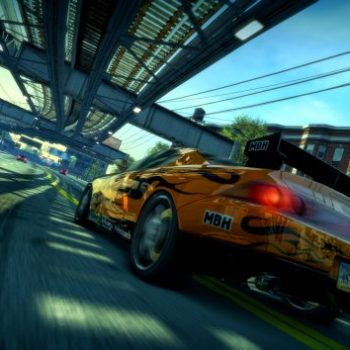 A world that goes too slow, almost motionless.
A world that goes too slow, almost motionless.
That said, there's definitely no way to mistake Burnout Paradise Remastered for a modern game. The look hasn't aged particularly well and despite the small upscale, it looks really dated. When you look at beautiful modern racing like Forza Horizon 3, there is no comparison. Many textures lack detail and darker colors don't appear as you would like.
While they may lack the visual upgrades that grace Shadow of the Colossus, that doesn't take away from the incredible fun there is to have on the road. Also, the fact that you are often traveling at absurd speeds often helps distract from imperfections.
Also, when you go around Burnout Paradise Remastered looking for cool races and stunts, you always get the feeling that you are going much faster than cars in most modern racing games. The environment dims, the other cars and buildings disappear in a flash and the cars, even when in red, look amazing. The game is full of sloping curves and long, straight roads that really help you get the most out of your favorite car.
Once you're done fixing the images, it's time to start running which is more fun than ever and benefits heavily from the framerate. With so many "things" added to modern titles, the relatively bare simplicity of Burnout Paradise is a breath of fresh air. It may have all the modern game map icons - the different race types, the garage station, the junkyard, the collectible billboards and others - but the map is clean and you are encouraged to go out and find everything yourself.
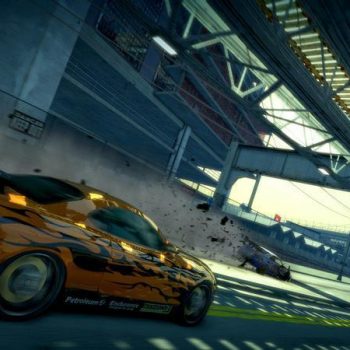 A city full and at the same time empty of things to do.
A city full and at the same time empty of things to do.
To enter a race, just go up to a traffic light and start the engine. You don't know if there is a race waiting at the traffic lights before you stop; you just have to try it first. Then there are the collectibles, not discreetly hidden in Paradise City, but glowing throughout the map with neon lights, with the challenge that comes with how you arrive and tear them apart.
This simplicity also extends to racing. Once you know the A and B points, there is no arrow on the ground to guide you, you can get to the checkered flag however you like, with fewer nudges and winks suggesting the best way. As you approach an intersection, the game will tell you the name of the street, left or right, that you should take, and the indicators will flash to suggest that your turn is approaching.
It takes some getting used to at first - taking your eyes off the road for a split second to check the map or the top of the screen for upcoming turns - but once you learn it you will do it subconsciously, and racing they will become more compelling.
A couple of streets full of ramps, secret paths to find and billboards to break through and you have a driving game full of extremely satisfying moments. Whether you use the handbrake to get around a tight corner or use the built-in NOS to give yourself a little extra speed as you go to the end of a ramp; there is a lot of fun with the driving mechanics available in Burnout Paradise Remastered.
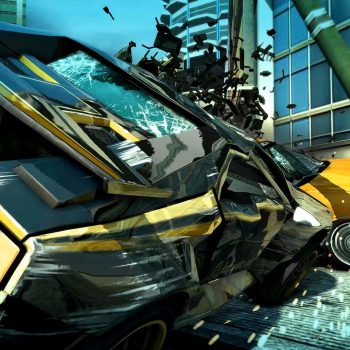 Accidents are the order of the day when speeding at many kilometers per hour.
Accidents are the order of the day when speeding at many kilometers per hour.
But what happens when you crash? It is somehow inevitable to drive through a city full of cars and other obstacles at over 200 kilometers per hour, of course. This is where one of the best features of Burnout Paradise Remastered shines; the impact replay. Just like the original, Burnout Paradise Remastered will show you battle replays, slowing down time so you can actually watch your car crumple.
The mechanics of the crash are also impressive, as the car crumples differently depending on the design, angle of impact, speed of the car and even the shape of the obstruction. It is both amazing and extremely satisfying, and it makes us want to cause as much carnage as possible on the streets of Paradise City.
Therefore, also thanks to this, the game offers a completely different racing experience compared to modern racing. Why? Unlike modern games that provide closed tracks, GPS directions, or at least a mini-map, Burnout Paradise Remastered offers none of these. Instead, you have to plan your route from a map in the main menu and use road signs to drive through the city to the finish.
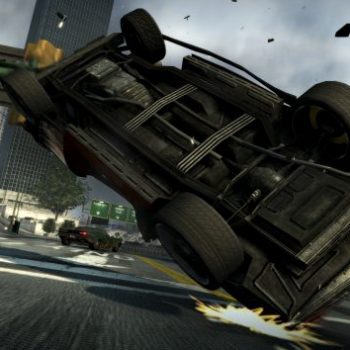 "I live my life a quarter of a mile at a time."
"I live my life a quarter of a mile at a time."
Burnout Paradise also impresses with the perfect balance in car management. Each car has enough weight to make it look like its wheels are firmly placed on the asphalt (except when flying through the air, of course), but they also possess RC-like quality; that means you can throw them around corners with a deft touch that allows for the kind of reckless driving that makes Burnout so much fun.
This simplicity, however, has drawbacks. Paradise City may not be the largest map in the world, but it's still a problem if you have to drive from one part of the city to the other outside of the races. There is no fast travel, and you cannot set a waypoint on the map to find your way.
You also have to drive to the junkyard every time you want to switch vehicles - and considering the amount of this game, it really dulls the excitement of fumbling in the garage when you have to go this far from a race to switch engines. It also means that you tend to skip non-customized race events for your car, with all vehicles divided into Speed, Stunt and Aggression categories.
Also, as mentioned above, as this is a game that wants you to find your own way, as you learn all the different shortcuts and alternative routes, there will be times when you take a wrong turn, ruining a race in the process. And there's no quick option to restart it. Instead, you have to laboriously find your way back to the race course and limp across the finish line, often in last place.
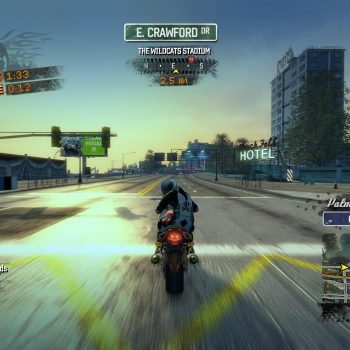 "License and registration, please".
"License and registration, please".
As you take part and win races, you will level up your Burnout Paradise Driver's License. You might assume this will grant you access to more races, but you'd be wrong; as long as you have the required car, you can participate in any race in Paradise City right from the start. You will be rewarded with a new car instead, although you will also encounter new vehicles to collect as you drive around the city, so that's not the only way to access new cars.
Once you reach a new level, you can even repeat the races you have already entered to get more upgrade points. It's a little disappointing, and we would like to see something a little better on the spot; either a tier system where high intensity races can only be accessed after leveling up your driver's license, or a single game system where you can't repeat races for points once you've won.
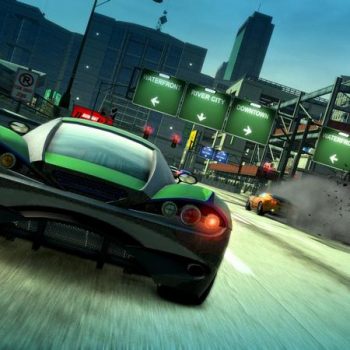 A soundtrack that makes your mind fly.
A soundtrack that makes your mind fly.
While the races are superb and the cars great, a special mention is reserved for the soundtrack. Paradise's playlist is one of the few that can compete with Tony Hawk's Underground series and GTA for hits that fit the game perfectly.
Yes, I also include Avril Lavigne's “Girlfriend” in that hall of fame. It is a soundtrack so well suited to the time of its original launch a decade ago that anyone who lived through those years can take a huge dive into the past; for the novices, however, unfortunately we have to say that the feeling will be that of estrangement and alienation from the music.
Conclusions.
It may not be the remake other modern classics have been treated with, and you'll likely be disappointed with the little overhaul of the graphics, but this is still a superb open-world racing game that looks like it will be loved by fans of the original and new players alike. who will run for the first time. It may sound cliche, but Burnout Paradise Remastered is simply that.
- - An incredible open world
- - Accident is fun
- - Controls are superb
- - An exceptional soundtrack
- - The graphics upgrade is almost non-existent
- - Some mechanics have aged badly





